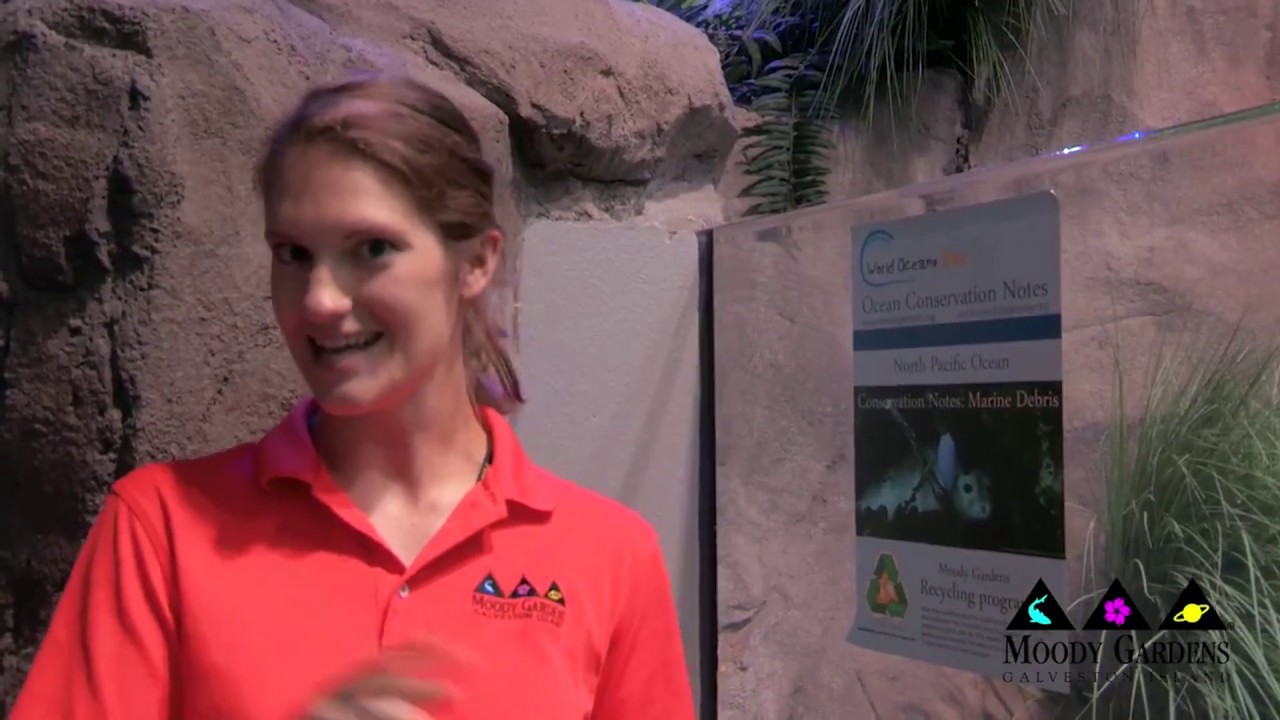- The life and behavior of Porter the Harbor Seal, as an ambassador for marine animals.
- The educational role zoos play in wildlife conservation and public awareness.
- Techniques used in harbor seal care and research within zoological settings.
- The significance of back-to-school programs for fostering environmental stewardship.
- Conservation challenges and efforts related to marine species like harbor seals.
Porter the Harbor Seal takes center stage in zoos as a captivating representative of marine life. His charm and personality make him an ideal ambassador, helping visitors understand the vital role seals and similar species play in their ecosystems. Harbor seals, known scientifically as Phoca vitulina, are familiar sights along the coastlines of the Northern Hemisphere. They possess a unique ability to adapt to various marine environments, showcasing behaviors that are as intriguing as the waters they inhabit. Witnessing these behaviors can spark interest and passion for marine biology, offering an engaging entry point for learning about aquatic ecosystems.
In zoo settings, Porter provides an opportunity to observe natural harbor seal behavior up close. These marine mammals are playful and curious, demonstrating agility in water and affection for their social groups. By presenting Porter to the public, zoos create an interactive experience that illustrates the impact of human activities on marine habitats and species survival. These visual lessons highlight the importance of conserving the natural environments and biodiversity that support harbor seals.
Zoos serve as centers of knowledge and resources for wildlife conservation. In recent years, they have expanded beyond simply displaying animals to actively participating in global efforts to protect endangered species and ecosystems. Porter exemplifies this shift in focus. As part of educational programs, he serves not only as a fascinating exhibit but also as a critical component of zoo-based conservation strategies. His presence underscores the educational purpose zoos fulfill, raising public consciousness about the threats facing wildlife and the steps that individuals can take to mitigate these dangers. By engaging with Porter, visitors learn about marine conservation, pollution’s impact on oceans, and how to make environmentally conscious choices.
The management of harbor seals like Porter in captivity involves specific husbandry practices. These practices ensure the physical health and psychological well-being of the seals. A primary focus is maintaining a diet that mirrors the species’ dietary needs in the wild, typically fish like herring or mackerel, which are essential for energy and health. Regular health checks and vet consultations are indispensable to monitor and address any health concerns promptly. Enclosures are designed to imitate the seals’ natural habitats, complete with varied depths for swimming, resting areas, and enrichment features that promote natural behaviors.
Harbor seal care also extends to behavioral research and conservation. Zoos often collaborate with researchers to study seal physiology and behavior, gathering data that informs conservation efforts and enhances understanding of the species. Studying captive seals generates insights into their patterns that can apply to wild populations, aiding efforts to protect these animals from threats such as climate change, habitat destruction, and human interference.
Back-to-school initiatives spearheaded by zoos can instill a sense of environmental stewardship in young minds. Programs centered around harbor seals like Porter provide an engaging curriculum that fosters curiosity about nature and wildlife conservation. These initiatives integrate classroom learning with practical experiences, allowing students to witness firsthand the biodiversity that sustains our planet and understand human roles in preserving it. Through structured activities, students develop a deeper appreciation of life sciences, leading to an increased commitment to protecting natural ecosystems as they grow.
Harbor seals are emblematic of broader marine conservation efforts. Despite being widespread, their populations face numerous threats attributable to anthropogenic factors. Pollution, particularly plastic waste, leads to dire consequences like ingestion and entanglement. Climate change further exacerbates the challenge by altering the seals’ habitats and prey availability. Conservation efforts must address these multifaceted threats through policies that enforce protected marine areas, promote sustainable fishing, and reduce emissions.
Porter the Harbor Seal plays a vital part in these global discussions, serving as a living reminder of the delicate balance required to maintain marine ecosystems. By representing his species, he enriches public understanding and inspires action for wildlife conservation. The combined efforts of zoos, researchers, and conservationists bolster the message that safeguarding our oceans is a shared responsibility. By learning from animals like Porter, we can identify changes needed to create a future where all marine life thrives.
*****
Source Description


